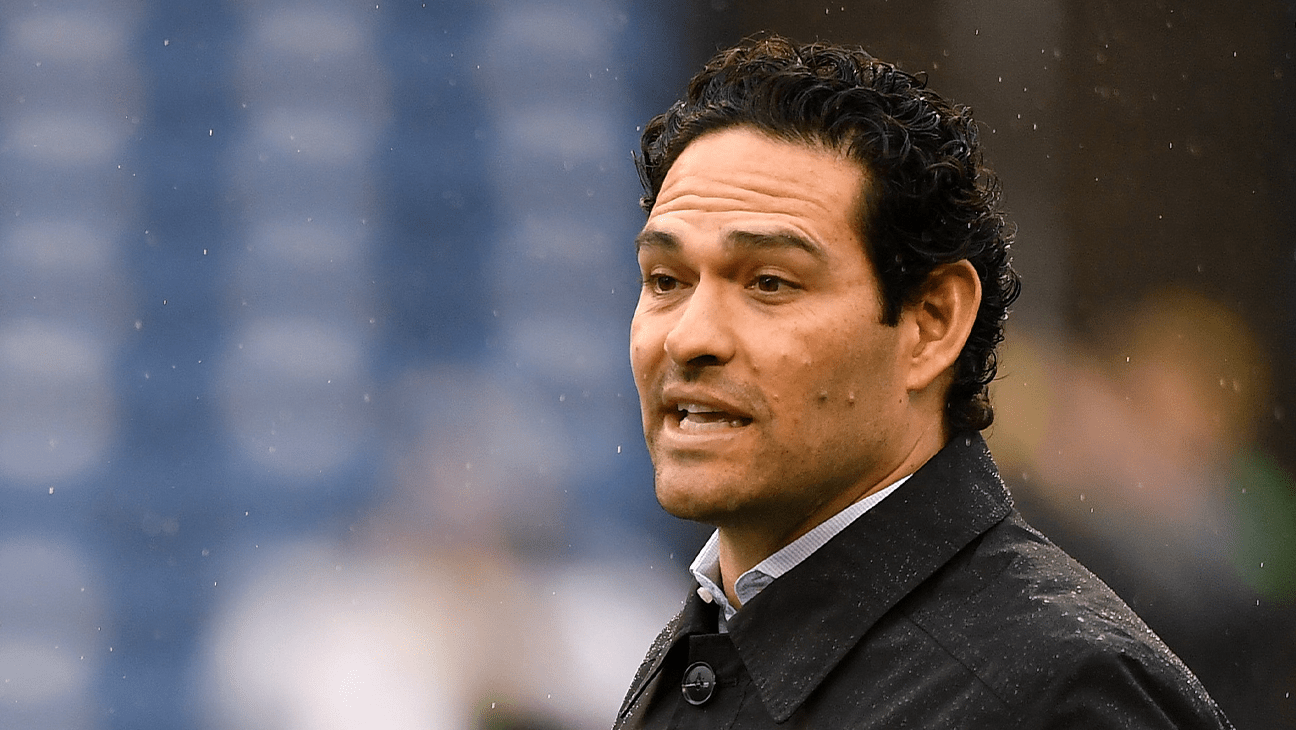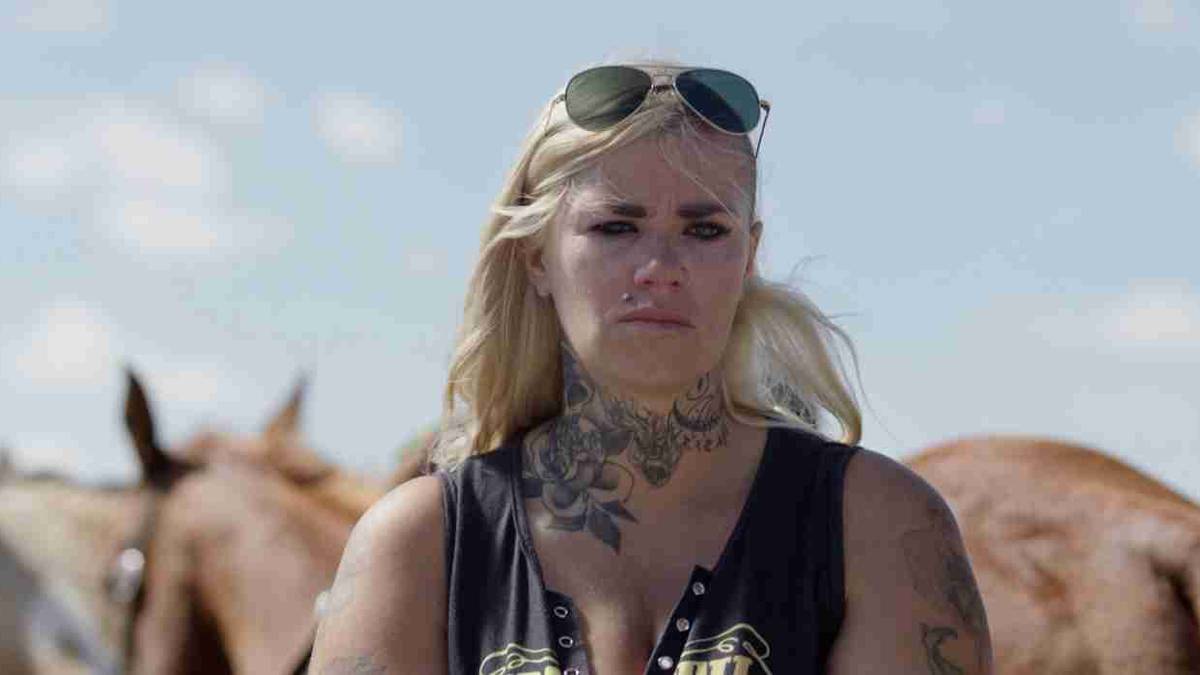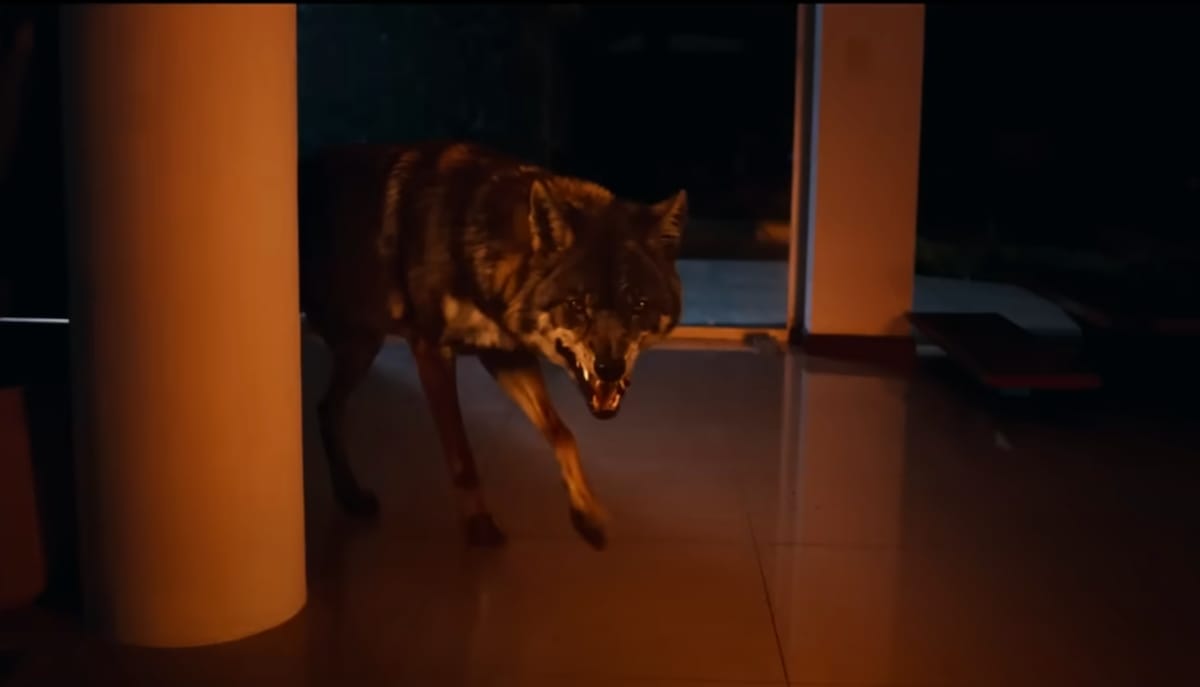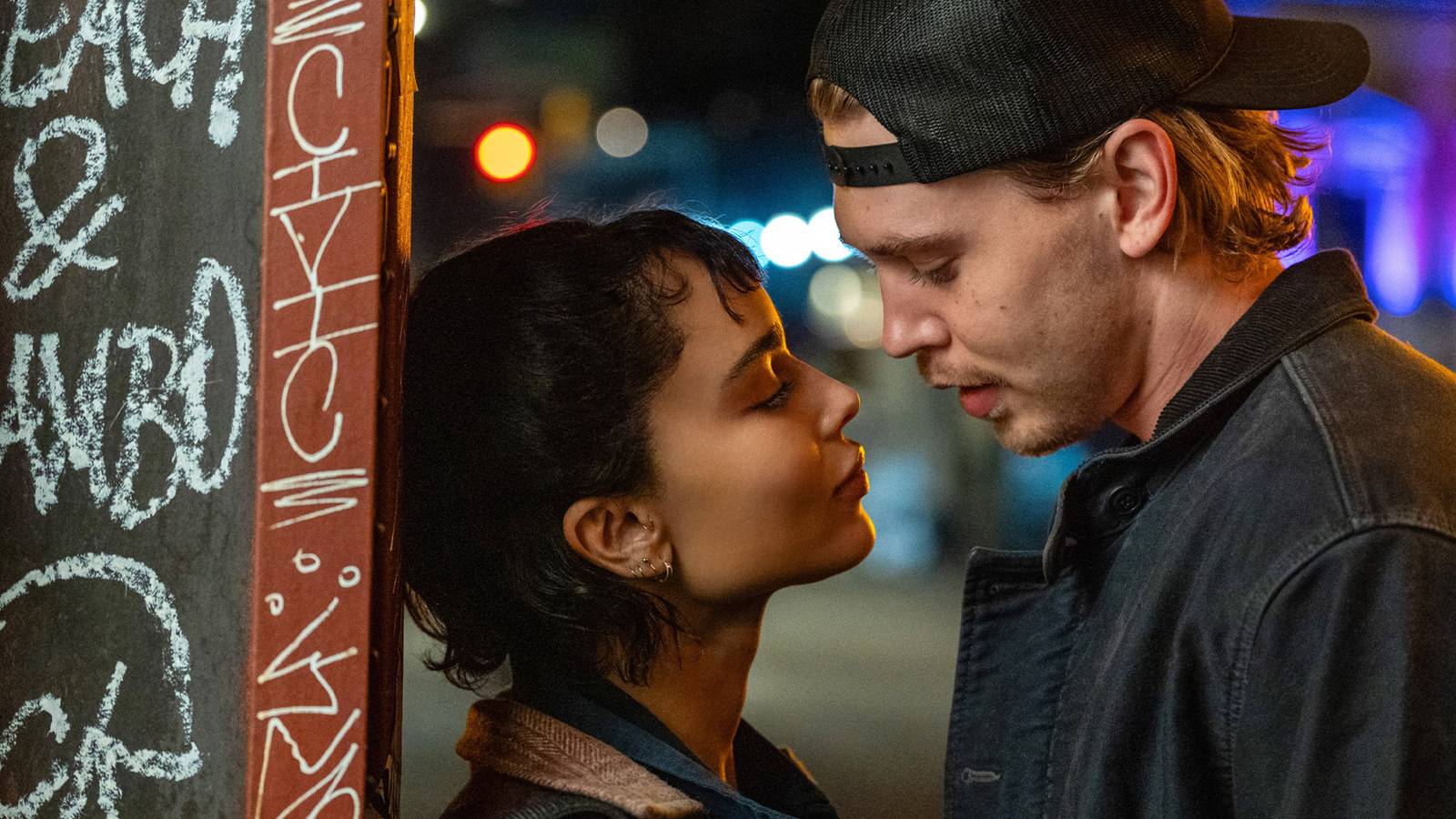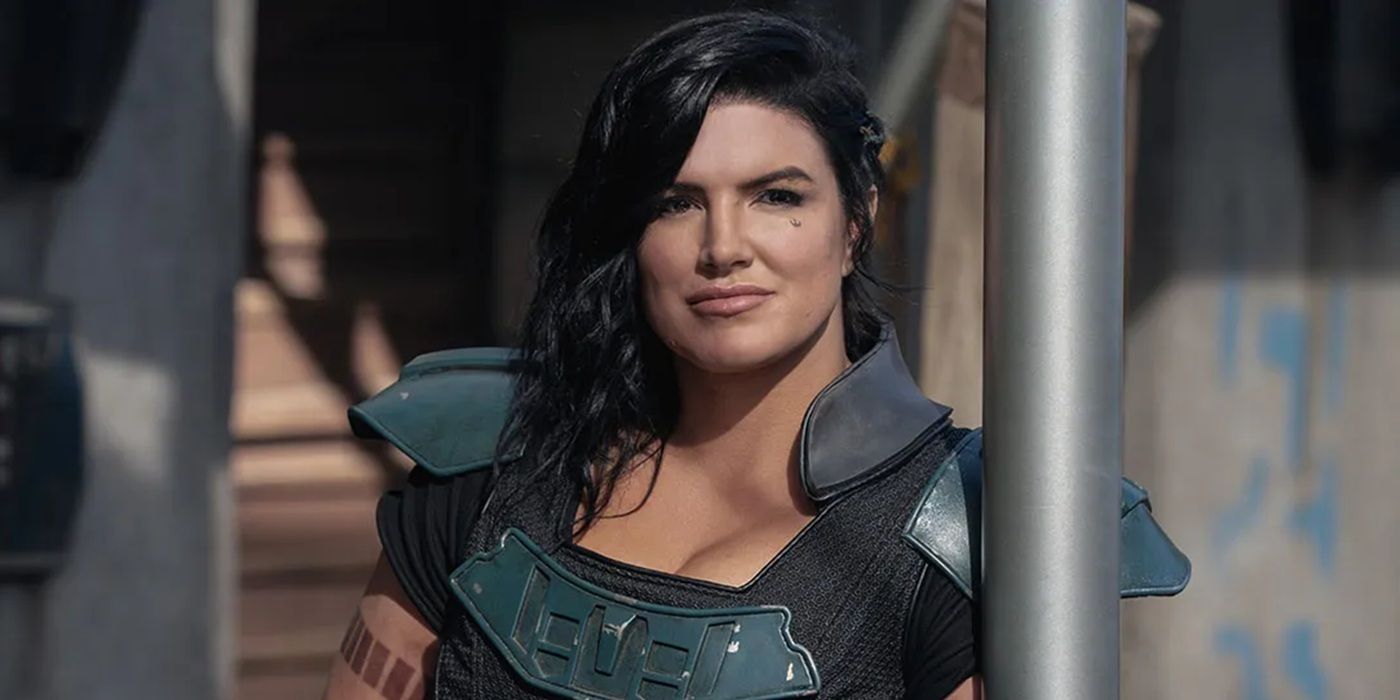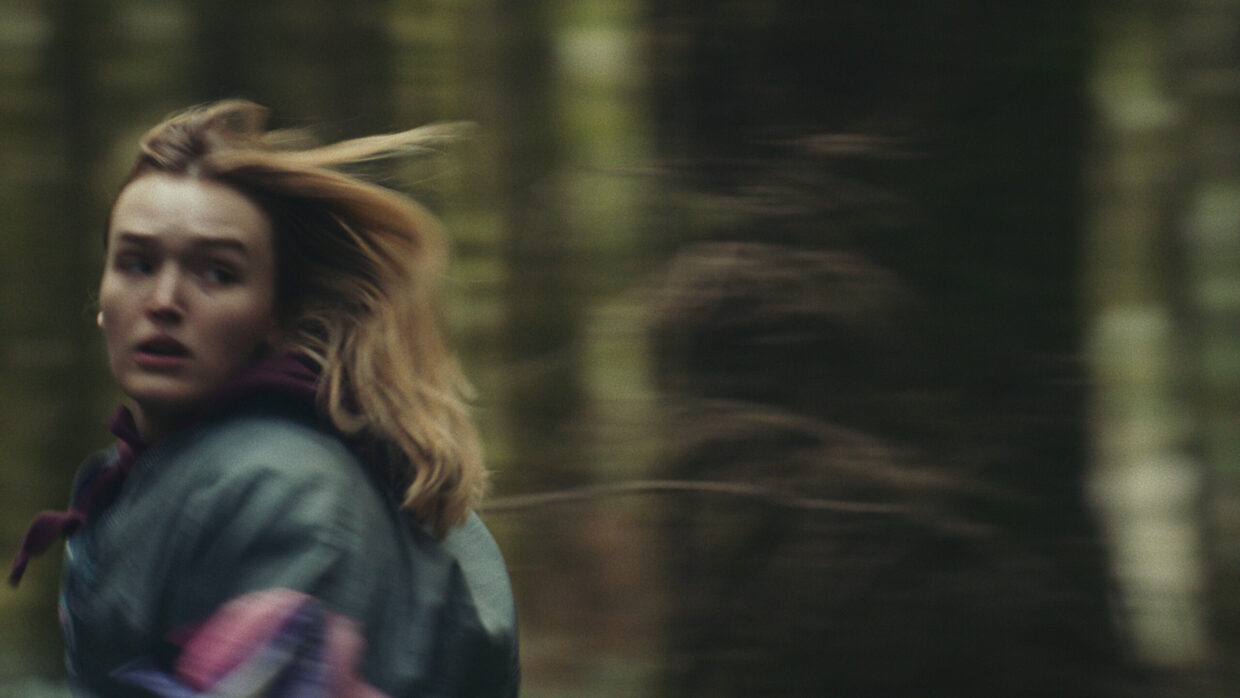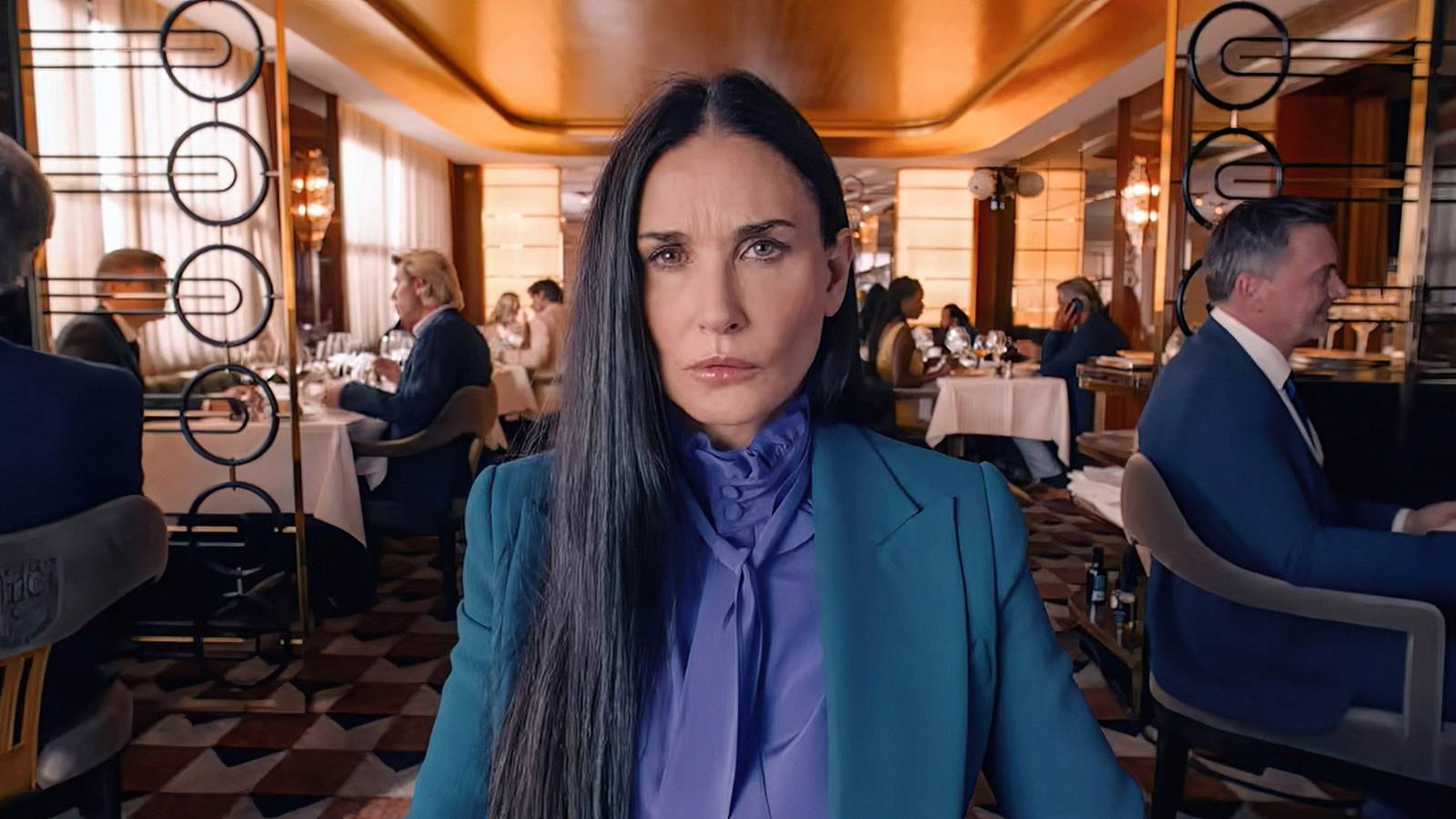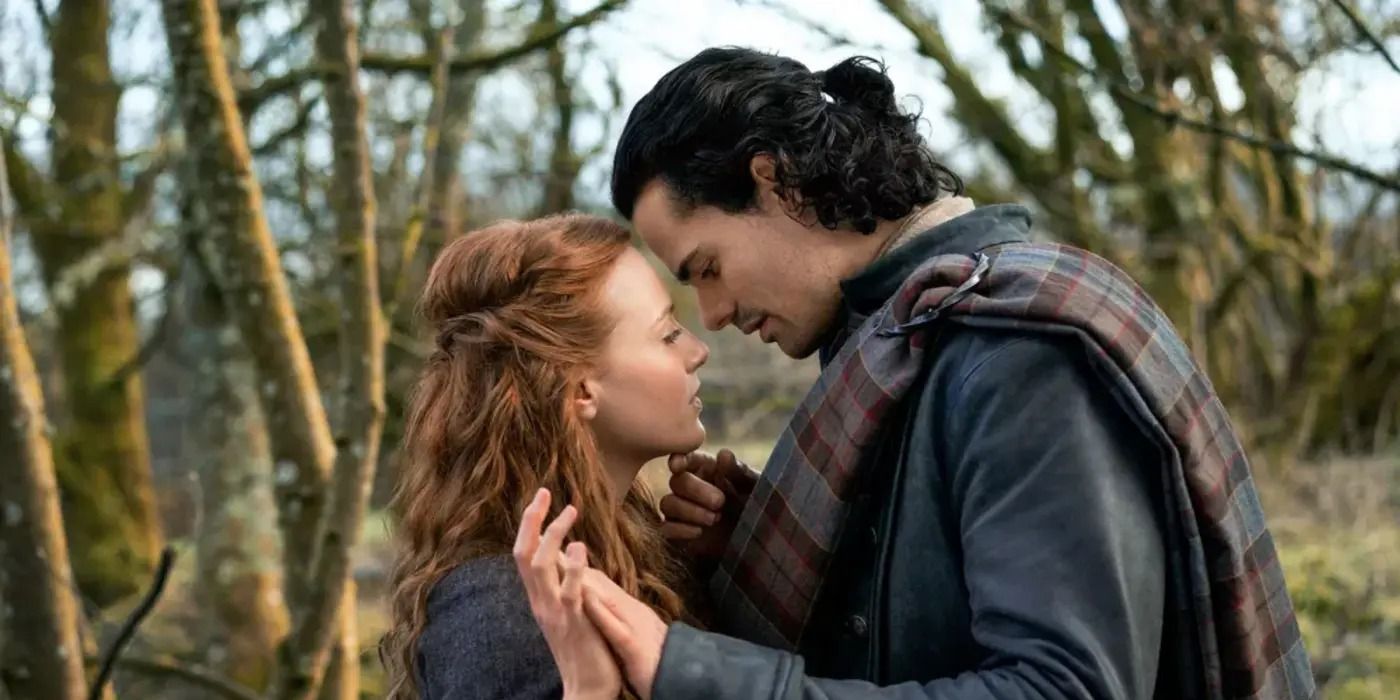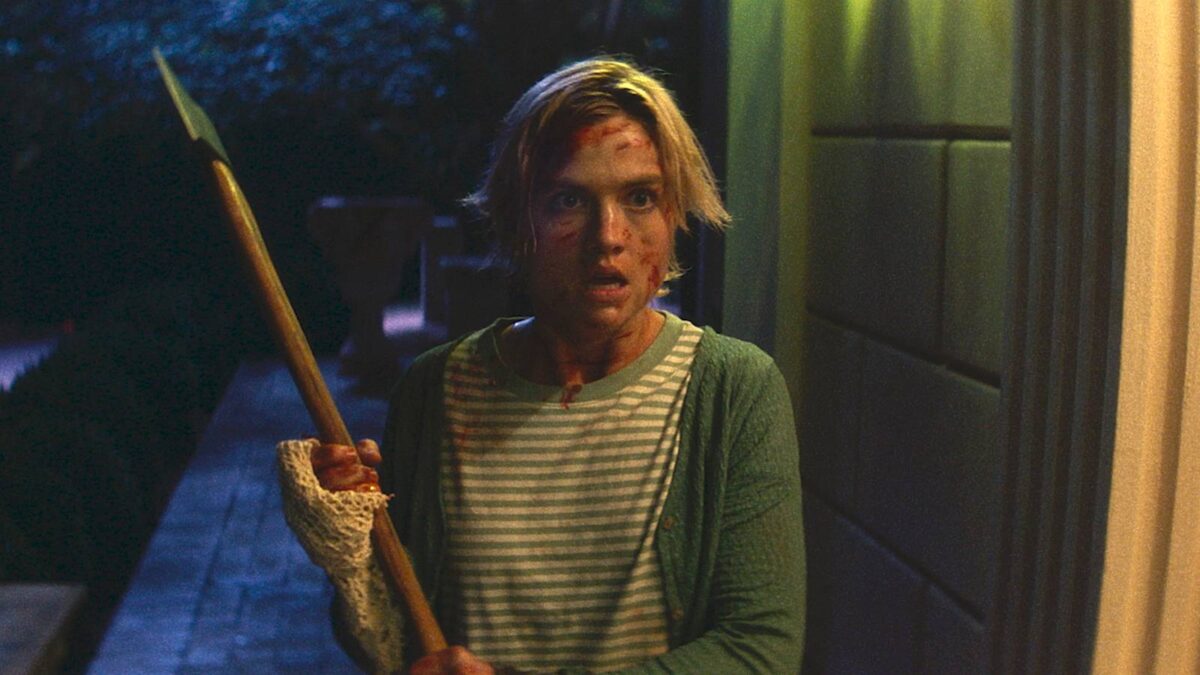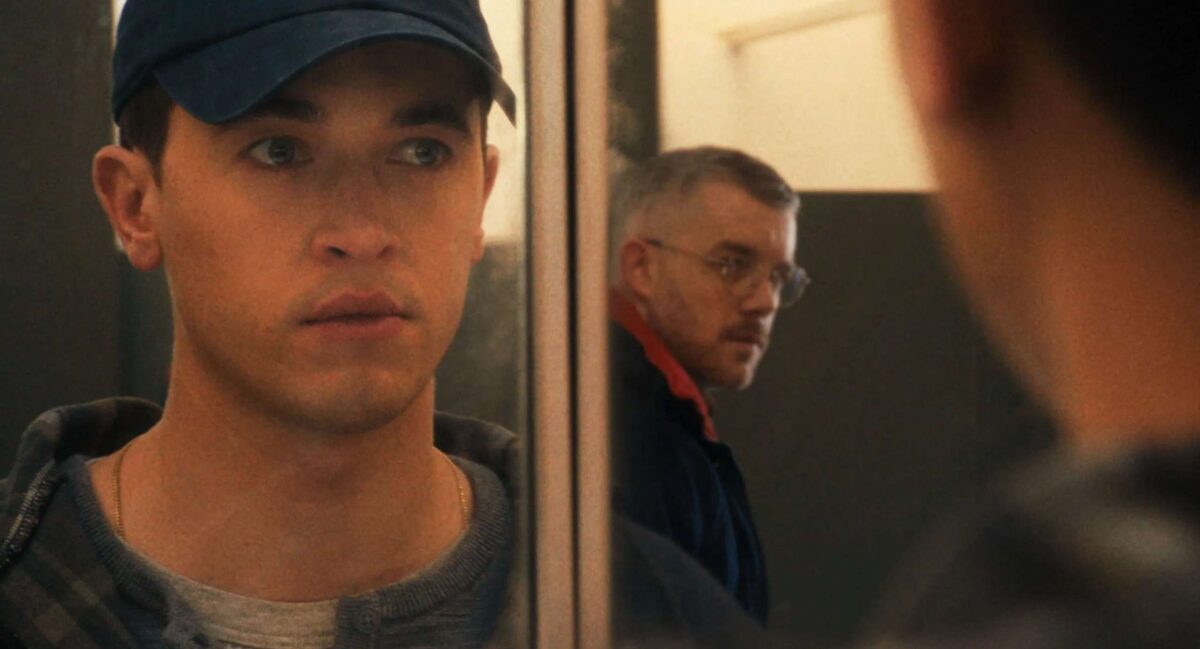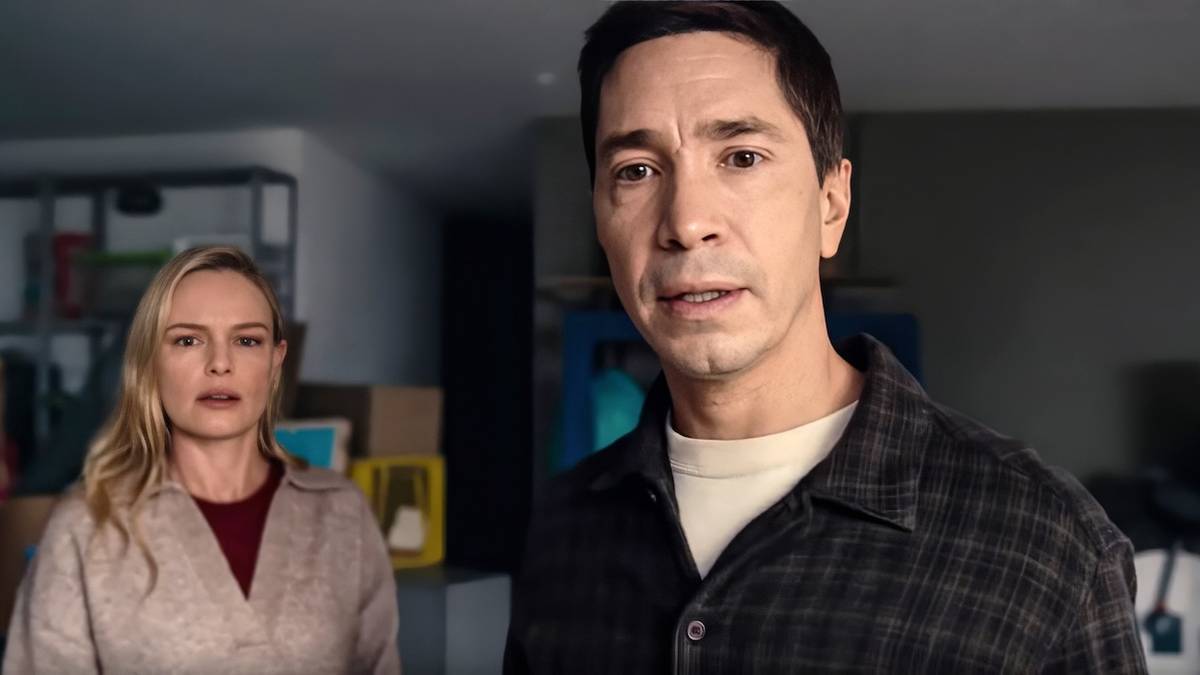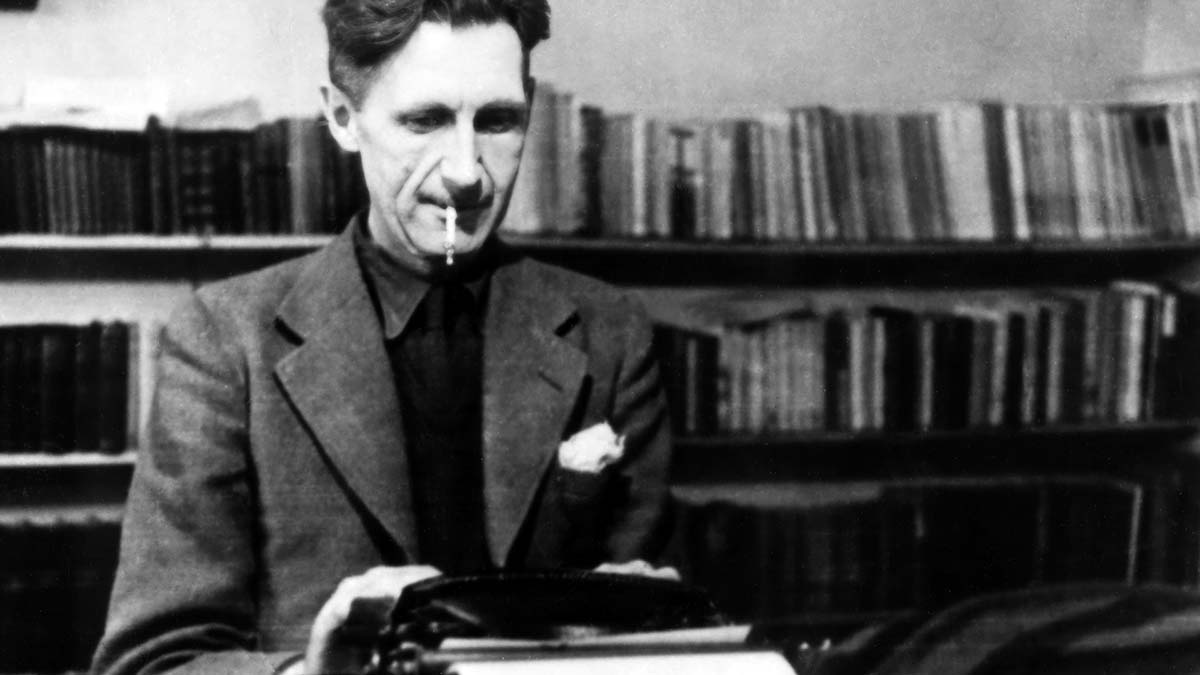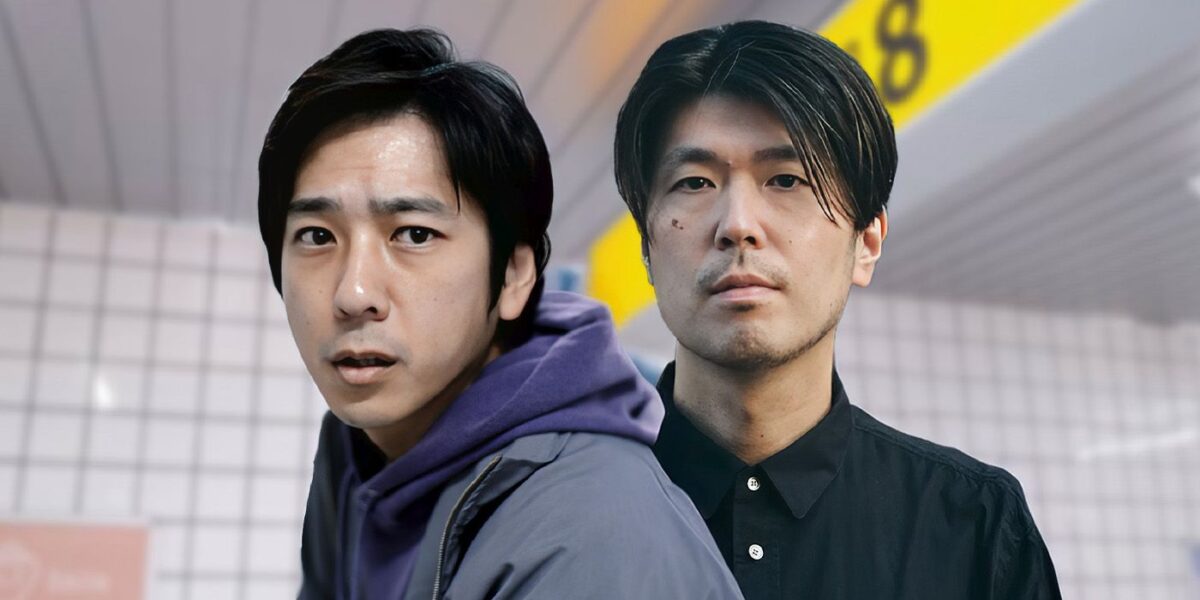
‘Exit 8’ Director Discusses Adapting the Viral Video Game for the Big Screen
May 27, 2025
Summary
Collider’s Steve Weintraub speaks with Exit 8 director Genki Kawamura and star Kazunari Ninomiya at the Cannes Film Festival.
Exit 8 is a unique psychological thriller based on a video game of the same title about a man lost in the Tokyo subway station.
Kawamura and Ninomiya discuss the challenges they faced during their quick production, implementing game-like filmmaking techniques, premiering at Cannes, and the Your Name live-action adaptation.
At the 78th Cannes Film Festival, Collider’s Steve Weintraub had the opportunity to sit down with Japanese filmmaker, producer, and novelist Genki Kawamura (A Hundred Flowers) and actor and singer Kazunari Ninomiya (Letters from Iwo Jima), the star of his new psychological thriller, Exit 8. Having only finished filming earlier this year, Kawamura’s vision was unique enough for selection even without the final VFX, and after too many sleepless nights, the two celebrated their world premiere to an eight-minute standing ovation.
The horror film is an adaptation of the Kotake Create game, with a screenplay by Kawamura and Hirase Kentaro (A Hundred Flowers). Exit 8 follows the Lost Man (Ninomiya) through a series of seemingly endless, clinically stark tunnels in the Tokyo subway. His objective is to escape, but there are rules: don’t overlook anything; if you encounter the sinister “anomalies,” turn back immediately; leave from Exit 8. The movie’s cast also features Nana Komatsu (Destruction Babies), Yamato Kôchi (Vivant), Kotone Hanase (A Far Shore), and Naru Asanuma in his feature debut.
In this interview, Kawamura and Ninomiya share behind-the-scenes details about the challenges they faced throughout this whirlwind production. The director discusses influences from Stanley Kubrick’s 2001: A Space Odyssey to Satoshi Kon (Perfect Blue) and Mamoru Oshii (Ghost in the Shell), telling us, “Japan has a variety, a myriad, of games and anime culture, and I wanted to merge all of that knowledge, hopefully, to create something that was unique.” They also talks about how they implemented “game-like” filmmaking techniques to capture the essence of the game, the script with only 15 scenes, and Kawamura teases his live-action adaptation of Your Name with J.J. Abrams.
Genki Kawamura Worked in a Theater During the Release of a Hayao Miyazaki Film
“I’m living in the Cinema Paradiso!”
COLLIDER: To break your monotony of questions, I have been asking everyone I interview: what is your favorite movie theater?
GENKI KAWAMURA: My first job was in the Osaka Namba Theater. That was the first cinema that was built in Japan, and so when I was there, it was crumbling. When I was working there, Hayao Miyazaki’s film was released for the first time, and so many audiences were packed. I felt like, “Oh my god, I’m living in the Cinema Paradiso!” I was working at that cinema, and I have so many memories at that cinema. Unfortunately, they renovated it, so apparently it’s like a multiplex. That’s kind of unfortunate, but I have that fond memory of that old cinema.
KAZUNARI NINOMIYA: When I was small, there was a cinema, and at the time, they didn’t sell seat-by-seat tickets. I would buy a ticket, and I would wait in the corridor and sit on the staircase and watch the film. Even with that kind of viewing experience, it was absolutely exciting. I think that is one of my cool movie theater memories.
This ‘Exit 8’ Element Gives Major ‘2001: A Space Odyssey’ Vibes
The film utilizes oners to capture a “game-like experience.”
I have many questions about your movie. I love your opening shot; it’s a very long oner. Can you talk about why you wanted to open the film with that first point of view, long oner?
KAWAMURA: As you know, this is based on the indie video game, and it’s a film, but I wanted to start with an almost game-like experience. It’s an adaptation of a game, but we wanted the line between game and film to be blurred in this case. It was almost an experiment of what would happen if we were to “gamify” our day-to-day lives. So, we start with the subjective cinematography and the corridor loops, and you see the yellow exit sign. You probably noticed that we insert a close-up of the exit sign many times, and that’s because I think it’s kind of a divine entity that’s ruling the whole corridor for me. That godlike entity is watching human beings and the behaviors, kind of like Hal from [2001] A Space Odyssey. Once that happens, you notice that the camera moves to an objective third-person photography.
I’m very curious about how actors get ready for roles, so I’m curious how you got ready, especially playing someone who doesn’t deliver a lot of dialogue. Did you feel like you needed to play a lot of video games, telling family, “You have to leave me alone. I have to play video games to get ready?”
NINOMIYA: [Laughs] Well, at the beginning, I knew about the game, even before the project. When the director pitched me the idea of making an adaptation, I was like, “What are you talking about?” I didn’t get it, because there’s not story in the game itself. It’s just a loop, and it’s just about finding anomalies. In the very early stage, I was actually part of the development of the screenplay, and as we discussed the director’s thoughts and what he wanted to do, it was shared, and we were able to put it into a piece of film. On set, it was ever-changing. It was myself and the crew doing a sequence together, coming up with ideas, and then presenting it to Genki for his approval, to make something that he would be excited about. So, that’s how we made the film.
‘Exit 8’ Wrapped Filming Months Before Premiering at the Cannes Film Festival
“I didn’t think we would make it.”
Image via Aoi Promotion
Something that I was surprised by is that you were filming earlier this year, which is crazy to be filming earlier this year and to be here in Cannes just a few months later. What is it like to have just been filming three or four months ago, and you’re already playing the movie at one of the biggest festivals in the world?
KAWAMURA: [Laughs] That’s so true, now that you’ve pointed it out! I didn’t think that we would make it. I was for sure. But seven years ago, I was here with a short film, [Duality], and the program director said, “Just finish it. Get it ready.” Even if the VFX are not finished, if the idea is unique and the film is intriguing, that’s enough for submission. They asked us to try to get it to the best possible state and present it. So, the VFX were not done when we showed the film to the selection committee, and then they selected us, so we had to finish the film! Every day, I wasn’t able to go to sleep because the VFX team had to work 24 hours, almost a day, to get it done.
When was the last time you had a good night’s sleep?
KAWAMURA: The plane ride over here. [Laughs]
I’ve spoken to many filmmakers who show films in festivals, and sometimes they don’t feel like it’s done. They just show the best they can, and then they’ll tweak it later. Do you feel like the version you just showed is the final cut?
KAWAMURA: If Kazunari Ninomiya has a schedule opening, I would love to redo some scenes. [Laughs] Filming, we were editing at the same time. So, we’d shoot a sequence, and then we would edit it. Then we would discuss whether we like it. We would rewrite it together, and then we would do another take. It was almost like developing a game. The way that we made the film was unique. It was significant. I think if you have a very unique approach to making the film, the film itself becomes a very unique film.
I think when people watch the film, they are going to wonder how big the actual set was, so how much did you actually build?
KAWAMURA: Well, actually, Steve, we copy-pasted one. We had two of the same, basically. We said the first set is called Kubrick, the second set is called Hitchcock, because we get confused because it’s the same. There’s a space in between called Mizoguchi. [Laughs]
Genki Kawamura Reveals the Unique Way They Filmed ‘Exit 8’
The director hopes this will translate to the audience, leaving them “unsettled.”
Image via Cannes Film Festival
The thing that the film does very effectively is use stitches to make it all seem like it’s continually going. How did you guys figure out where the stitches would be? That takes planning, because you need to think about how you’re going to edit this.
KAWAMURA: Exactly as you say, Steve, we want it to be seamless because that’s how games are. So, yes, it took a lot of pre-calculation on our part. On the other hand, of course, as an actor, he would be playing, and there would be certain emotions that would fit better. So, in that case, we would discuss and then adapt his ideas. So, case by case.
When you saw the shooting schedule, what day did you have circled because you were excited to film something, and what day did you have circled in terms of, “How the F are we going to film this?”
KAWAMURA: We did have a schedule, but it wasn’t very rigid. So if we were like, “No, we want to try this sequence rather than this on the schedule today,” it was the same set, so it was easy to switch. We were very flexible in terms of that. When I shared my screenplay with the crew and the actor, everybody looked a little concerned. They were probably thinking, “What kind of film is it going to end up being?” So, I had everybody gather on the first day of filming, and I told them, “I don’t think you will be able to gauge what kind of film this is going to be ultimately.” And I said, “But please don’t worry, because I don’t know as well.” [Laughs] I said, “This is something I want to work together to find out.” So, our confusion and that unique way of making the film, I think and hope, will make the audience feel a little unsettled.
What I love about the making of movies is that there’s no one right way to make a film. But the way you made it is playing on the edges. How nervous were you while filming, because you really don’t know how it’s going to turn out?
NINOMIYA: I have been acting for quite some time, and I have encountered many different kinds of stories and screenplays, but this screenplay only had 15 scenes. So, it’s a feature, and it only has 15 scenes? It didn’t compute in my head. I was like, “How are we going to do this?” I was like, “I’m going to be alone in most of these scenes!” So, those were things that I had no idea how they were going to play out. But I’m so happy to have met this whole set, having the experience I’ve had. It’s like I was pushed back to exit zero again to start from scratch. So, in that way, I really enjoyed the process.
In terms of the story, I meet some characters in the middle of the film. Because I was on my own up until that point, when I started to act with scene partners, I was like, “Is it so hard to have scene partners?” Because I had forgotten what it was like! [Laughs]
Related
The 10 Best Japanese Horror Movies of the Last 10 Years
J-horror never left the building; it just reinvented itself.
The little boy, [Naru Asanuma], in this is very good. I read that he had not done anything. As a director, how concerned were you about finding the boy and finding someone who could really do it? Also, what was it like working with someone who is a little kid who doesn’t really have that experience?
KAWAMURA: Good question. I auditioned about 300 boys, and we had two candidates in the end. One was a wonderful performer. He can cry on cue, he can laugh on cue, he can take directions. The other one doesn’t listen at all, can’t remember lines, can’t laugh — but I loved his eyes. So, I cast him, the latter. His eyes were so important to this movie because his eyes and how he looks at the grown-ups, or the human beings, there’s so much in it. He’s the only one who could easily detect the anomalies within the space that is governed by this godlike entity, which is the exit sign. Plus, he grew as we were filming. We see a close-up of his face at the very end for the first time, and I wanted him to look a little different from when he first appeared. It’s a very clinical space that we were working in, and he’s very organic. He brings in something very organic.
NINOMIYA: It didn’t feel like acting. Before we filmed, we met about three times. We continued on into principal photography, and I think that dynamic brought something beneficial, or a good effect, to the film. But like the director was saying, he didn’t have any experience, so there were moments when he would just lie flat on the ground and wouldn’t listen to us. He wouldn’t move. He’d just lie down on the ground, or he wouldn’t say lines, or he would look into the camera directly. [Laughs] So, it was challenging, for sure. But we were shooting in this kind of looping situation, which, of course, comes with a little bit of stress. His name is Naru, so we called it “Naru Time” when he did these things, because it gave us so much comfort and stillness.
Adapting ‘Your Name’ to Live-Action Is “Challenging”
Kawamura is set to produce the film with J.J. Abrams and Bad Robot.
Image via Toho
I’m a big fan of Your Name.
KAWAMURA: Thank you so much.
Do you think a live-action movie will happen?
KAWAMURA: Well, it’s J.J. Abrams and Bad Robot. We’re working together. It is challenging to do a live-action version of a feature animation, because I was there for the process of the making of the original film while they were shooting. That experience certainly helped me in making Exit 8, where I wanted to merge classical [Kenji] Mizoguchi kinds of film language with the cutting-edge video game elements. I also wanted to add these anime-specific methods used in animated features. I wanted to bring it to my live-action direction, like Satoshi Kon or Mamoru Oshii’s animation expression. I thought it was going to be a very interesting, curious visual if I brought in the animation language into a live-action film. And because I’m a novelist, as well, this game doesn’t have a story, so I was able to add an original story to it. Japan has a variety, a myriad of games and anime culture, and I wanted to merge all of that knowledge, hopefully, to create something that was unique.
The Exit 8
Release Date
August 29, 2025
Runtime
95 Minutes
Director
Genki Kawamura
Writers
Genki Kawamura, Kentaro Hirase
Kazunari Ninomiya
The Lost Man
Yamato Kochi
The Walking Man
Publisher: Source link
Erotic Horror Is Long On Innuendo, Short On Climax As It Fails To Deliver On A Promising Premise
Picture this: you splurge on a stunning estate on AirBnB for a romantic weekend with your long-time partner, only for another couple to show up having done the same, on a different app. With the hosts not responding to messages…
Oct 8, 2025
Desire, Duty, and Deception Collide
Carmen Emmi’s Plainclothes is an evocative, bruising romantic thriller that takes place in the shadowy underbelly of 1990s New York, where personal identity collides with institutional control. More than just a story about police work, the film is a taut…
Oct 8, 2025
Real-Life Couple Justin Long and Kate Bosworth Have Tons of Fun in a Creature Feature That Plays It Too Safe
In 2022, Justin Long and Kate Bosworth teamed up for the horror comedy House of Darkness. A year later, the actors got married and are now parents, so it's fun to see them working together again for another outing in…
Oct 6, 2025
Raoul Peck’s Everything Bagel Documentary Puts Too Much In the Author’s Mouth [TIFF]
Everyone has their own George Orwell and tends to think everyone else gets him wrong. As such, making a sprawling quasi-biographical documentary like “Orwell: 2+2=5” is a brave effort bound to exasperate people across the political spectrum. Even so, Raoul…
Oct 6, 2025
